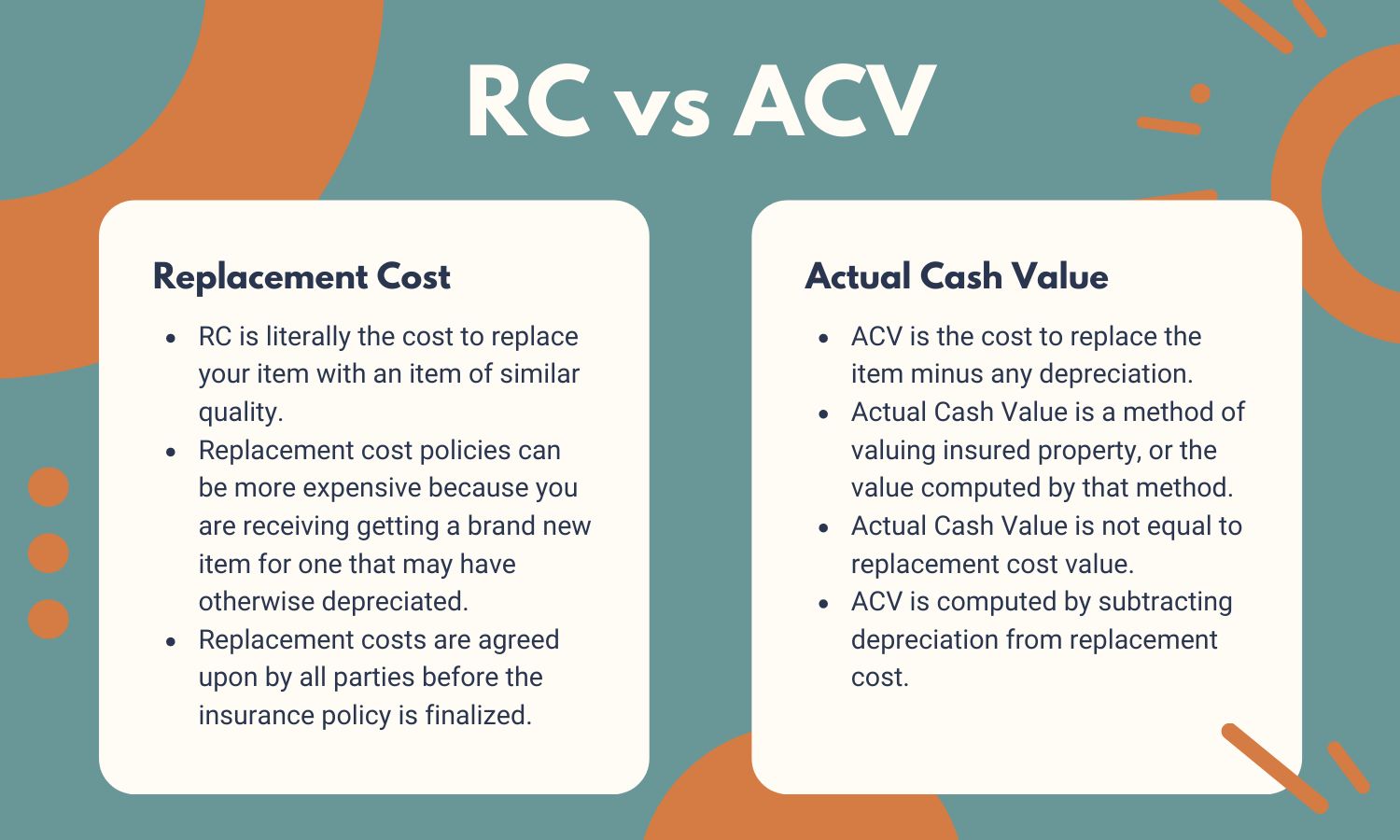Home>Finance>SEC Form S-3: Definition, Parts, When To Use It, And How To File


Finance
SEC Form S-3: Definition, Parts, When To Use It, And How To File
Published: January 25, 2024
(Many of the links in this article redirect to a specific reviewed product. Your purchase of these products through affiliate links helps to generate commission for LiveWell, at no extra cost. Learn more)
Understanding SEC Form S-3: Definition, Parts, When to Use It, and How to File
Welcome to our Finance category, where we delve into various aspects of the financial world to provide you with valuable insights and knowledge. In this blog post, we will be focusing on SEC Form S-3, an essential document for companies looking to raise capital through the public markets. If you’re wondering what this form is, what its parts entail, when it’s appropriate to use, and how to file it, you’ve come to the right place. So, let’s dive in!
Key Takeaways:
- SEC Form S-3 is a registration statement filed with the Securities and Exchange Commission (SEC) by companies seeking to offer securities to potential investors.
- It consists of several parts, including the basic information about the company, details of the offering, and financial statements, among others.
What is SEC Form S-3?
SEC Form S-3 is a crucial document used by companies that are already public and have met specific eligibility requirements to register securities with the SEC for the purpose of facilitating future public offerings. By filing this form, companies can streamline the registration process and quickly access the capital markets when needed.
Parts of SEC Form S-3:
The form comprises various sections that provide comprehensive information about the issuing company and the securities being offered. Here are the main parts you should be familiar with:
- Cover Page: This section includes basic details about the company, such as its name, address, and incorporation information, as well as the type and amount of securities being registered.
- Prospectus Summary: This part provides a brief overview of the key characteristics of the offering, including the purpose of the securities, the risk factors involved, and relevant financial information.
- Risk Factors: Here, companies need to disclose any potential risks that investors should consider before investing in their securities. This section ensures transparency and helps investors make informed decisions.
- Use of Proceeds: Companies specify how they plan to use the capital raised from the securities offering. This section helps investors understand the intended purpose of the funds and evaluate the potential impact on the company.
- Business: In this part, companies provide a detailed description of their business operations, including information about their products or services, industry trends, competitive landscape, and any regulatory compliance obligations.
- Management’s Discussion and Analysis (MD&A): Here, companies present a comprehensive overview of their financial performance, including analysis of past results, key drivers of future growth, and the potential impact of external factors.
- Financial Statements: Companies must include audited financial statements, including the balance sheet, income statement, and cash flow statement, to provide investors with a complete understanding of their financial position.
- Legal Proceedings: Any ongoing or potential legal actions that could significantly impact the company’s financial position are disclosed in this section.
When to Use SEC Form S-3:
SEC Form S-3 is typically used by well-established companies with an existing public market presence. To be eligible for filing this form, companies must meet certain criteria, such as having a market capitalization above a specified threshold, being in compliance with SEC reporting requirements, and having a publicly-traded class of common equity. By meeting these prerequisites, companies can benefit from faster and more flexible capital market access in the future.
How to File SEC Form S-3:
Filing SEC Form S-3 involves several steps to ensure compliance. Here’s a simplified overview:
- Prepare all the required documentation, including the complete form and relevant exhibits.
- Submit the form electronically through the SEC’s Electronic Data Gathering, Analysis, and Retrieval (EDGAR) system.
- Pay the necessary filing fee, calculated based on the aggregate offering price of the securities.
- Monitor the status of the filing to ensure it is accepted and any review comments from the SEC are addressed promptly.
Complying with filing requirements and adhering to SEC guidelines is crucial for companies to maintain investor confidence and regulatory compliance.
Conclusion
SEC Form S-3 plays a pivotal role in facilitating public offerings for eligible companies by providing a streamlined registration process. By familiarizing yourself with the form and its parts, understanding when it’s appropriate to use, and knowing how to file it correctly, you can approach the capital markets more effectively and raise the necessary funds for your company’s growth.
Are you ready to navigate the world of SEC Form S-3? If you have any questions or need further guidance, don’t hesitate to reach out to us. We’re here to help!














